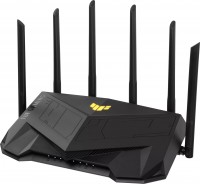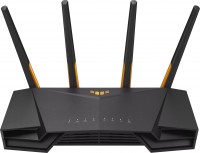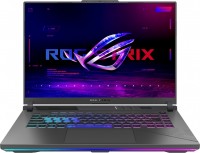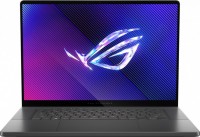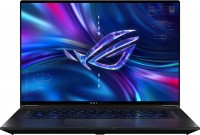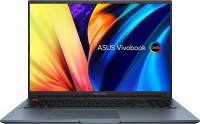Laptops Asus series TUF Gaming
Asus TUF Gaming
For discerning gamers with a fat wallet, Asus launches thin and sexy laptops ROG Strix and ROG Zephyrus, but for low-cost gamers look towards the TUF Gaming family, which is distinguished by an extremely attractive combination of power, affordability and reliability. With an emphasis on reliability, as befits products of the TUF family: the hardware of laptops is hidden in metal-plastic cases that are certified by the US Army (MIL-STD-810G standard) and can be used to work in adverse conditions.
Initially, Asus set the bar at the level of $1000, which is psychologically comfortable for buyers. Because of this, laptops had to cut off excess fat like USB-C with Power Delivery, a fingerprint scanner, fast charging or RGB lighting. Over time, the TUF family has grown, and the boundaries have blurred, but the principle of "nothing more" has not gone away. Unlike the flagship models of the ROG series, TUF laptops have only the essentials for a gamer: powerful hardware, a display with a high refresh rate, a comfortable keyboard and an efficient cooling system.
 |
By the beginning of 2021, the TUF Gaming lineup has expanded: in addition to the standard shock-resistant models, the company has added catchy snow-white TUF Dash models with top-end filling, GeForce RTX 3070-level video cards and corresponding price tags. The backbone is made up of models with a 15-inch display; large-sized 17-inch options are less common. Until 2019, all TUF laptops relied solely on the strength of Intel processors, but recently, Asus has been using inexpensive and powerful Ryzen chips instead of quad-core Core i5 chips in low-cost builds.
Accordingly, the configuration of a typical Asus TUF laptop is highly dependent on price. For $800, you can buy a mid-range model with Ryzen 5, a GeForce GTX 1650-level graphics card, and a simple 60Hz display. As of early 2021, this is still a solid build for Full HD gaming. In the $1,300-$1,400 range, Ryzen 7, 16GB RAM, an RTX 2060 graphics card, and a 144Hz refresh rate display are waiting for us.

